We all know the major watch brands. You have Rolex and Omega, as well as high-end luxury brands.
However, do you remember some of these watch brands from years gone by?
Bulova
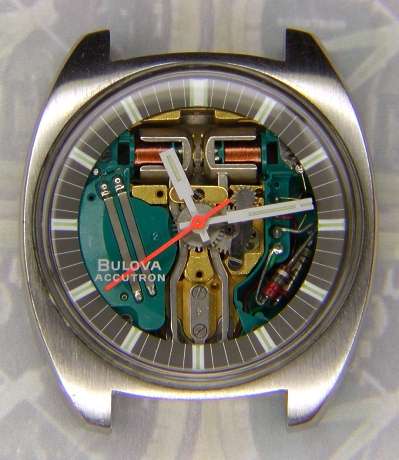
Bulova was founded and incorporated as the J. Bulova Company in 1875 by Joseph Bulova. In 1912, Joseph Bulova launched his first plant dedicated entirely to the production of watches. Manufacturing watches at their factory in Switzerland, he began a standardized mass production new to watchmaking.
In 1945, Arde Bulova, chairman of the board, founded the Joseph Bulova School of Watchmaking to provide training for disabled veterans after the Second World War. The school later became a full-fledged rehabilitation facility, an advocate for disabled people nationwide, and one of the founders of wheelchair sports in the United States. The school closed in 1993 — and counts The Watch Doctor as one of its alumni.
Bulova’s “Accutron” watches, first sold in October 1960,use a 360 Hz tuning fork instead of a balance wheel as the timekeeping element Instead of the ticking sound made by mechanical watches, the Accutron had a faint, high-pitched hum which came from the vibrating tuning fork. The Accutron was guaranteed to be accurate to one minute per month, or two seconds per day.
Elgin
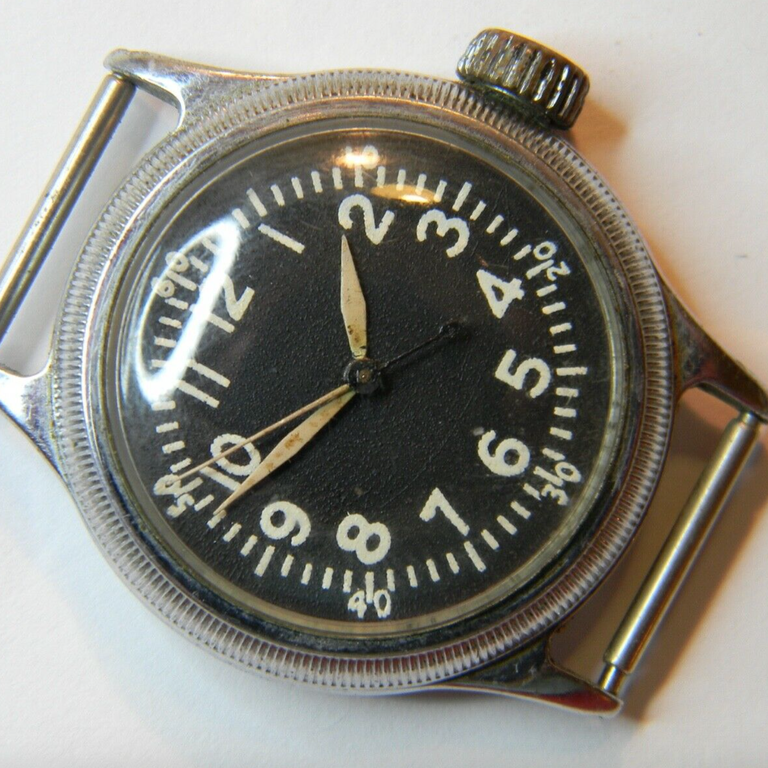
Based outside Chicago in the town of Elgin, Illinois, and founded in the 1860s, the Elgin National Watch Company was one of the earliest watchmakers to set up shop in America. It was also the biggest. Throughout the late 1800s and early 1900s, its factory complex was the largest dedicated watchmaking facility in the world, and over the course of 100 years, the brand made around 60 million timepieces.
Enicar
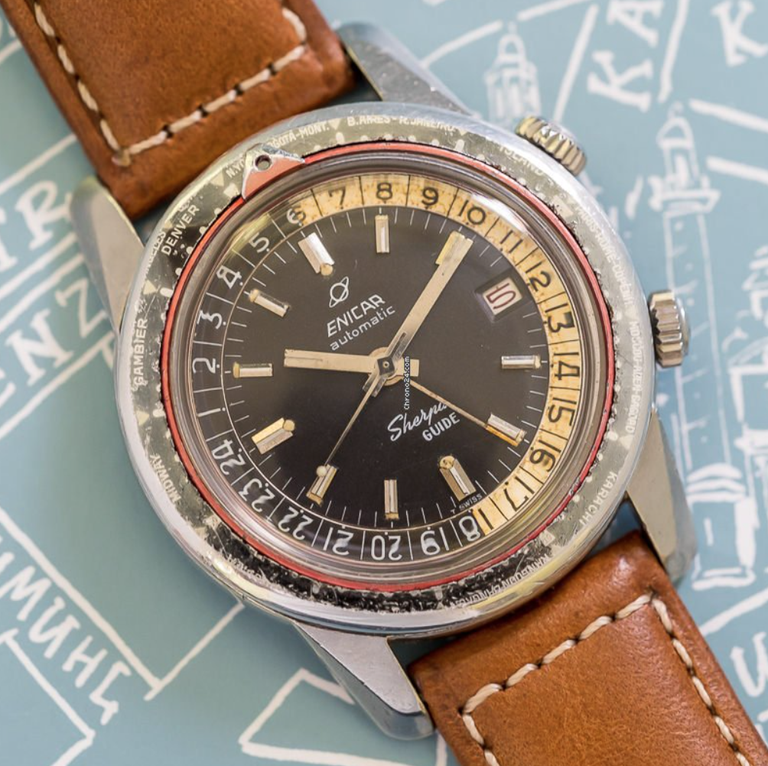
Enicar was founded in 1914 in La Chaux de Fonds Switzerland by Ariste Racine (Encinar is Racine backwards.) Enicar’s peaked in the 1950s and ’60s and in 1954 produced its first movement with chronometer certification from the Neuchatel Observatory.
Gruen
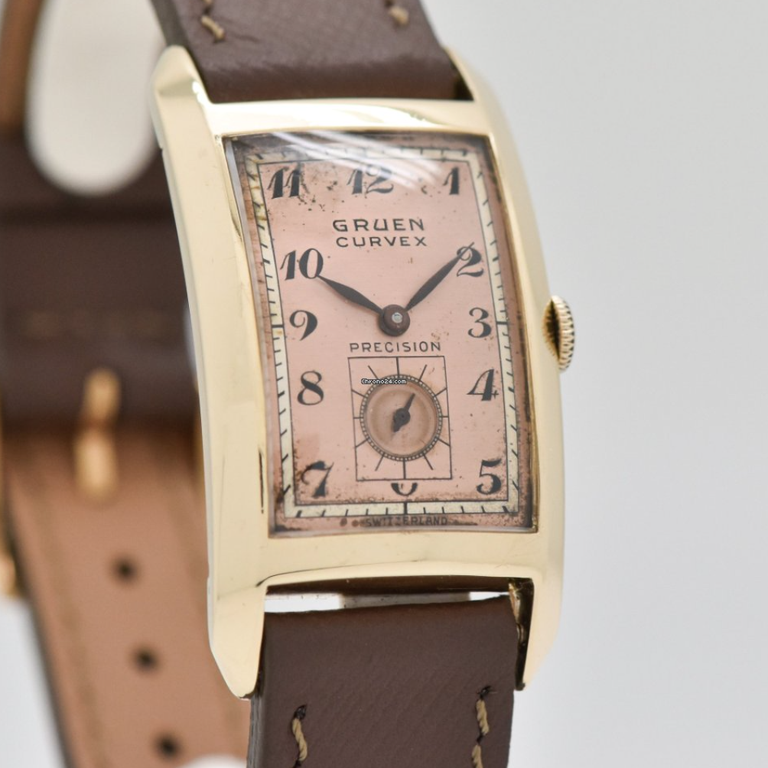
Like Elgin, Gruen used to be one of the biggest watch manufacturers in the U.S. Founded in Cincinnati in the 1870s the company went through several name changes until it just became the Gruen Watch Company in the early 20th century. It was notable for being an American company that produced its own movements in Switzerland but its watches were still adjusted, dialed and cased in the U.S. Gruen invented the safety pinion, which prevented damage to the movement if the mainspring broke and was incorporated into Gruen movements.
Lemania
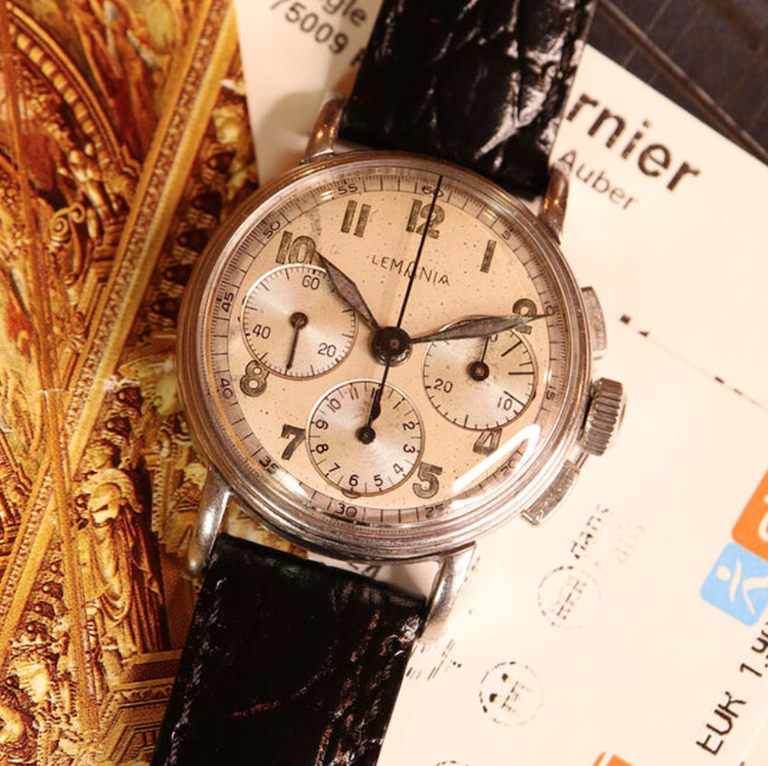
Founded in 1884, Lemania specialized in chronographs and its know-how with the complication led
to some legendary chronograph movements, including the Caliber 1873, used in the original Omega Speedmaster
Nivada Grenchen
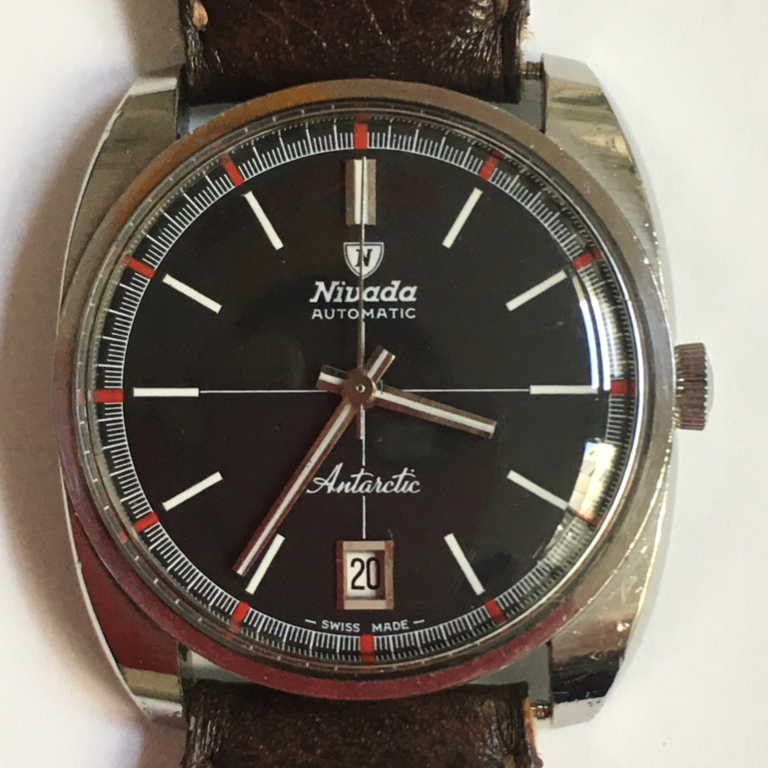
Like most other watchmakers on this list, Nivada Grenchen has a history that stretches back to the 19th century, but the brand really came into its own following World War II when it took making seriously rugged sports watches. The
“Antarctic,” a simple three-hand watch deemed anti-magnetic and water-proof that was built for and worn during Operation Deep Freeze by members of the U.S. Navy during the International Geophysical Year.
Smiths
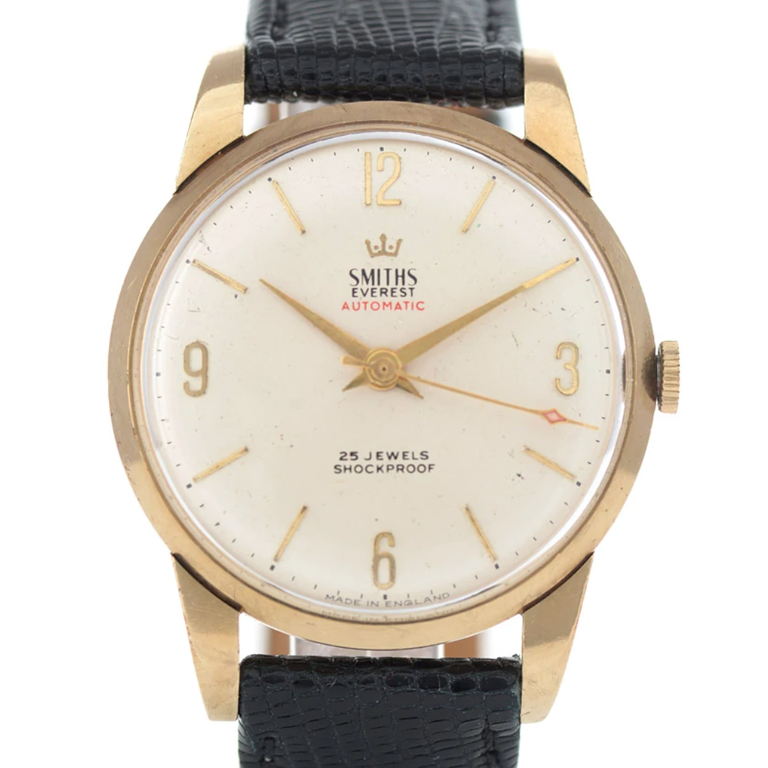
Smiths started as S. Smith & Sons, a jewelry shop and clockmaker in South London. Founded in 1851, the brand was famous for its instruments, its clock production accounted for half of the UK market at the onset of WWII.
Universal Geneva
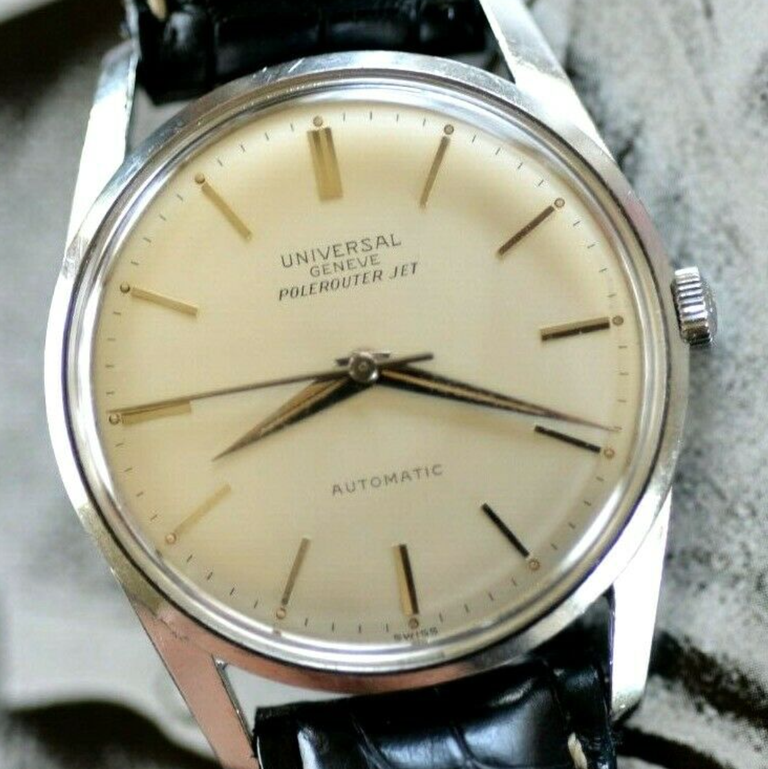
Founded in Le Locle in 1894, Universal Genéve is perhaps one of the most influential Swiss watchmakers to seemingly disappear from the face of the earth. In 1917, during World War I, Universal Genéve was the first watchmaker to create a chronograph wristwatch. By the 1930s, chronographs became a main focus for Universal, and the brand produced its now-iconic series of Compax chronographs. After World War II, Universal Genéve was one of the first watchmakers to experiment with micro-rotor automatic watches, releasing its first micro-rotor watch, the Gérald Genta-designed Polarouter, in 1954.
Wittnauer
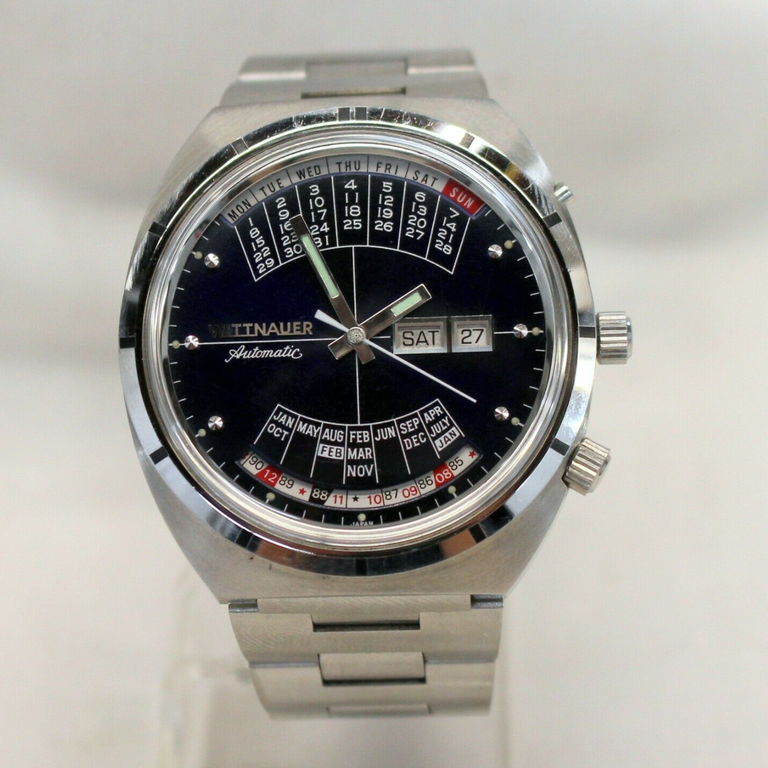
Wittnauer was founded in New York in the 1880s by a Swiss immigrant named Albert Wittnauer, who initially worked for his brother-in-law’s fine watch importing business. Wittnauer saw a need for Swiss-made watches tailored for the U.S. market and began using Swiss-sourced movements (from a variety of suppliers) to produce a more affordable alternative to other Swiss imports. One of the brand’s first big innovations in wristwatches was the AllProof of the 1920s, claimed to be the first watch in the world that was shockproof, waterproof and antimagnetic.
CHARLEY PHOTO OF THE WEEK: While 10 degrees and snow doesn’t sound like fun to anyone, Charley is having a ball in the winter weather.

